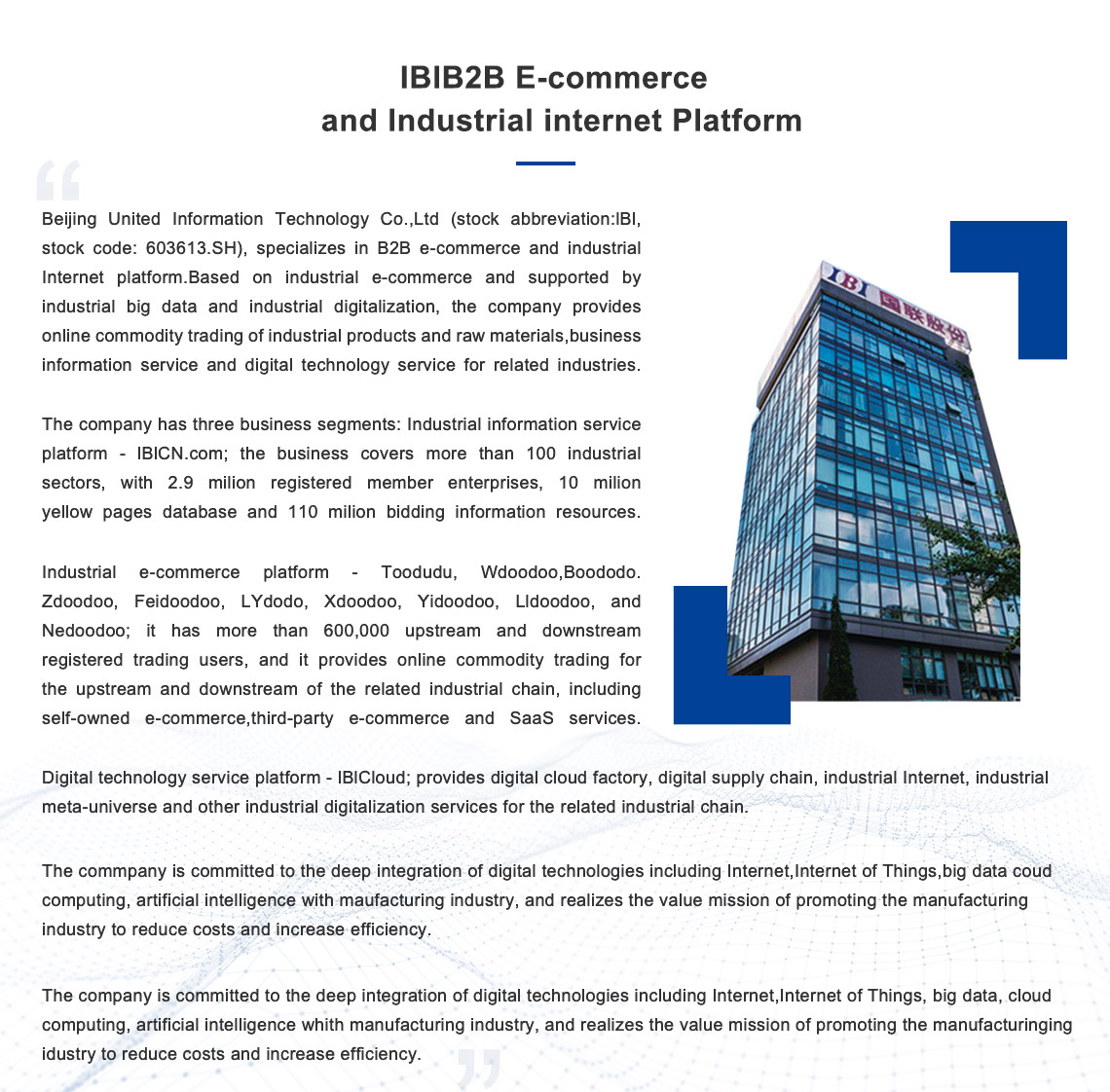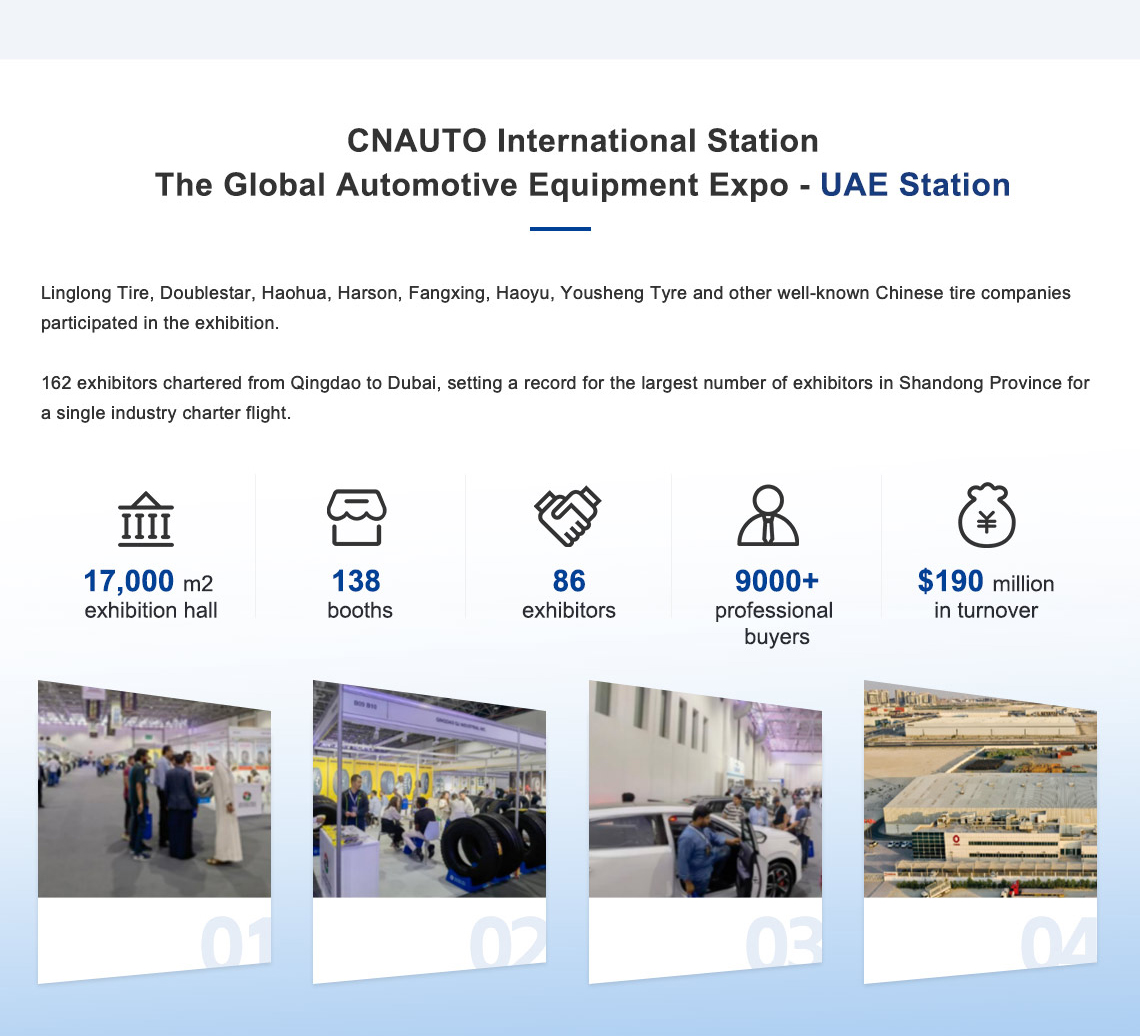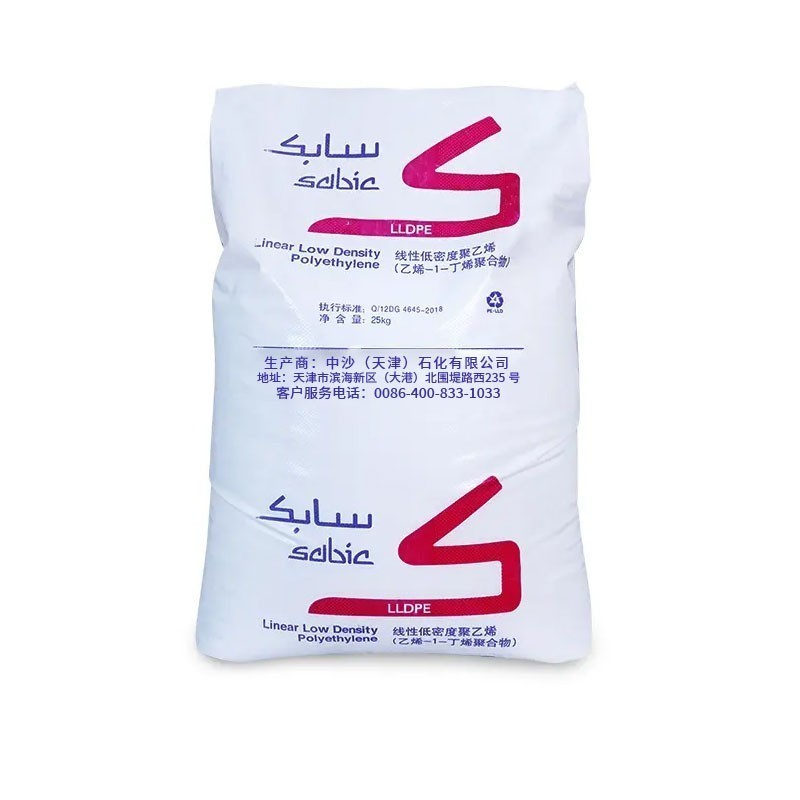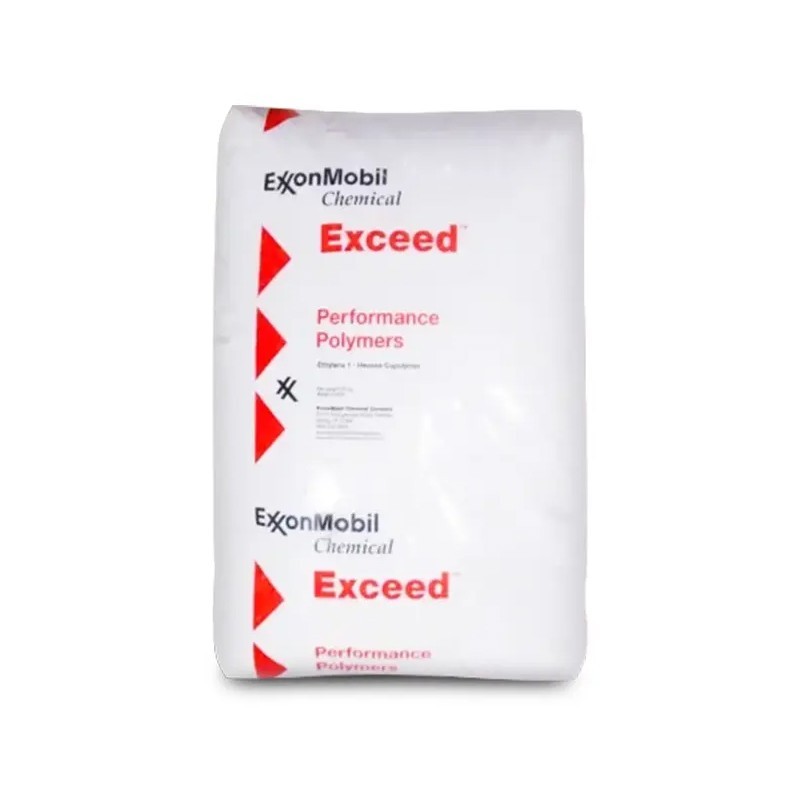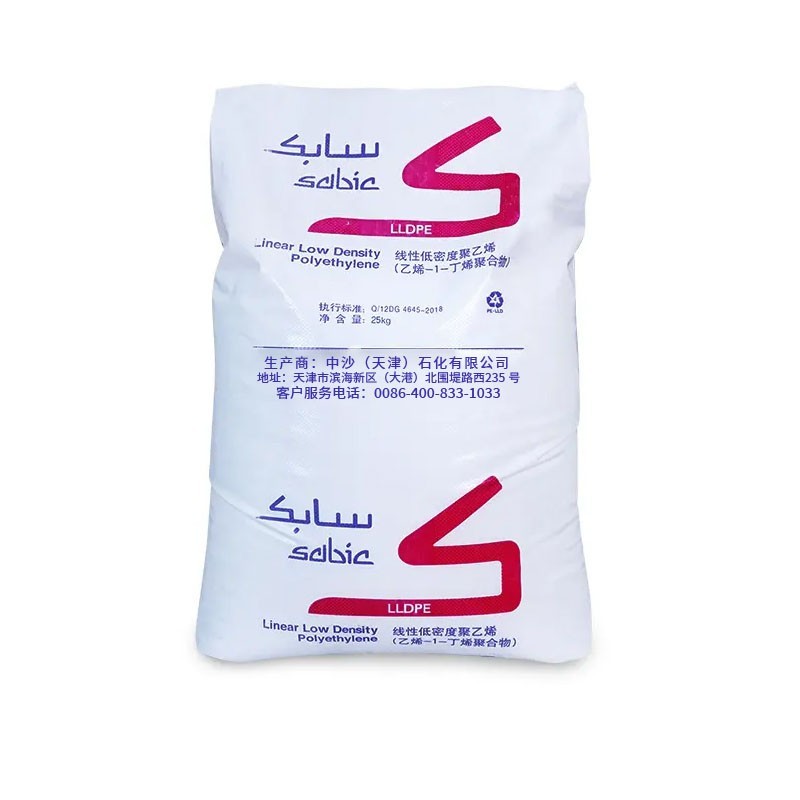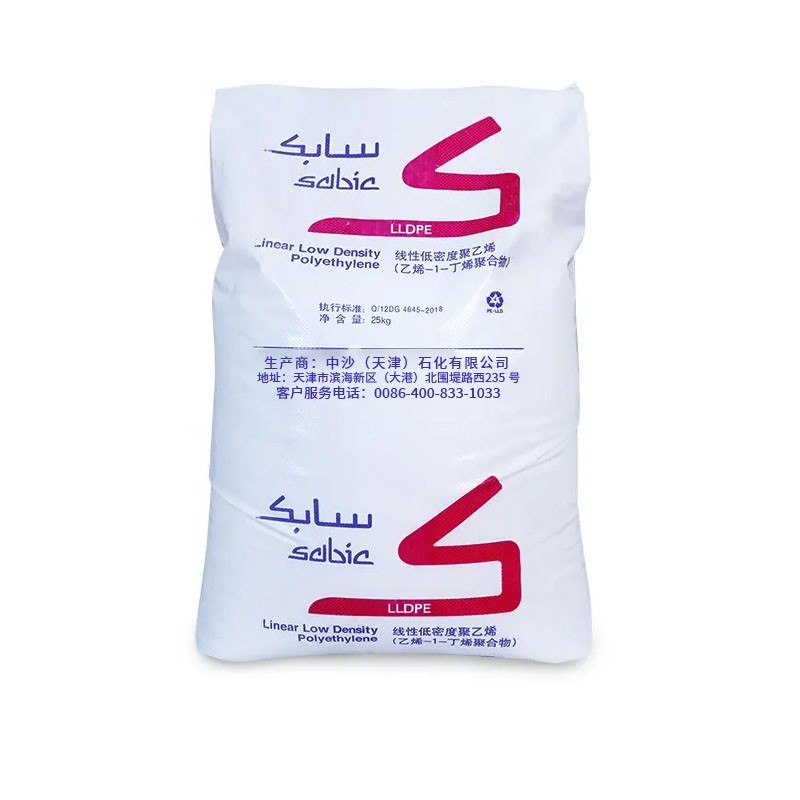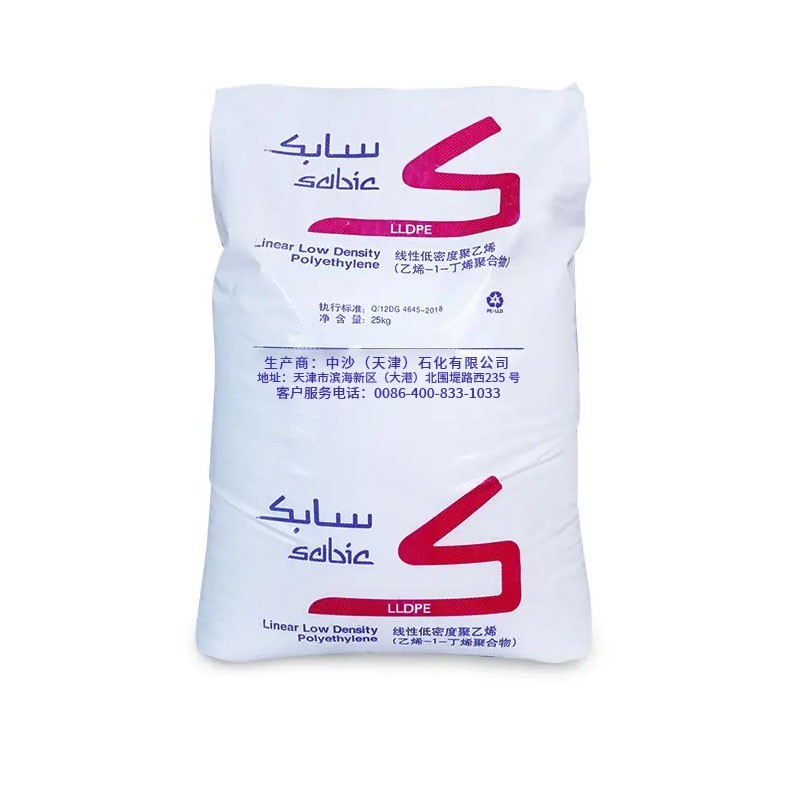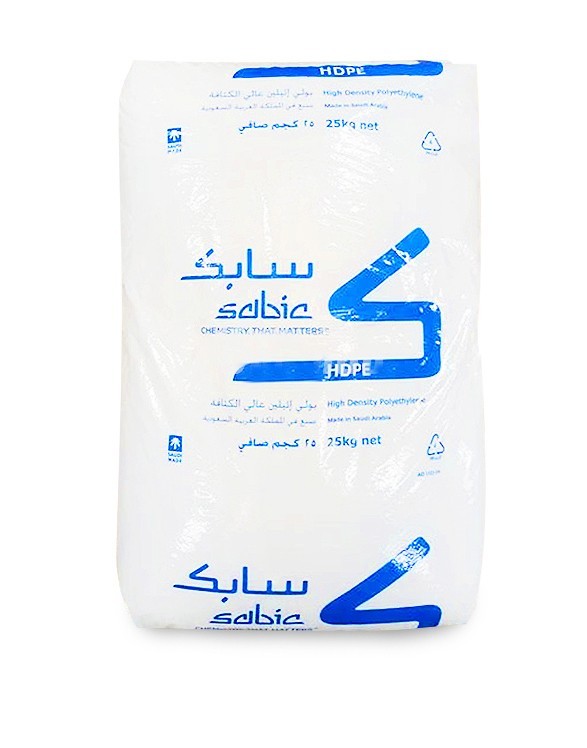Shipping sacks, ice bags, frozen food bags, stretch wrap film, produce bags, liners, carrier bags, garbage bags, agricultural films, laminated and coextruded films for meat wrap, frozen food and other food packaging, shrink film (for blending with LDPE), industrial consumer packaging, and high clarity film applications if blended with (10~20%) LDPE.
Processing characteristics
Good melt fluidity: Its melt flow rate is 1g/10min (under 190℃/2.16kg conditions). This feature allows the resin to flow more smoothly in the processing equipment during film production, making it easy to extrude and form. It can be processed through common processes such as blown film extrusion molding, and can produce film products with uniform thickness and stable quality.
Strong adaptability to the blow-up ratio: The recommended blow-up ratio is 2-3, but in actual production, it has good adaptability to changes in the blow-up ratio within a certain range. This means that in the film blowing process, manufacturers can flexibly adjust the blow-up ratio to a certain extent according to actual needs and equipment conditions without significantly affecting the performance and quality of the film, which is conducive to improving production efficiency and product diversity.
Good thermal stability: During the processing process, Sabic 118WJ exhibits good thermal stability. It can maintain stable performance at higher processing temperatures, is not prone to adverse phenomena such as thermal degradation or thermal oxidation, allows a certain range of temperature fluctuations during processing, and reduces the risk of product quality problems caused by insufficient temperature control accuracy. The general processing temperature is 195-215℃.
Good compatibility of additives: The resin contains high lubricant (1500ppm) and high anti-blocking agent (3500ppm). These additives have good compatibility with the resin matrix, can be evenly dispersed during processing, effectively play their role, and will not have a negative impact on the processing performance of the resin.
Lubricants can reduce the friction coefficient of the film surface, reduce adhesion between films, and improve the opening and use performance of the film; anti-blocking agents help prevent adhesion of the film during production, storage and use, and ensure the quality and appearance of the film.
Film performance advantages
Excellent mechanical properties: The film has high tensile strength, good puncture resistance and toughness. This allows the film to withstand certain external forces during packaging, transportation, etc., and is not easy to break or be punctured, thereby protecting the safety of the packaged items.
For example, the tensile yield strength of the film can reach 11MPa in the longitudinal direction (MD) and 12MPa in the transverse direction (TD); the tensile breaking strength is 40MPa in the longitudinal direction (MD) and 32MPa in the transverse direction (TD).
Good heat sealing performance: It has good heat sealing performance. Under appropriate heat sealing temperature, pressure and time conditions, it can quickly form a firm seal to ensure the sealing of the package and prevent the contents from leaking or being contaminated by the outside world. Good heat sealing performance helps to improve the efficiency and quality of packaging production and is suitable for various application scenarios that require sealed packaging.
Excellent optical performance: The haze value of the film is about 20%, and it has a certain degree of transparency. This allows the film to clearly display the appearance of the packaged items in packaging applications and attract the attention of consumers. At the same time, the moderate haze can provide certain protection for the items and reduce the impact of external light on the items.
